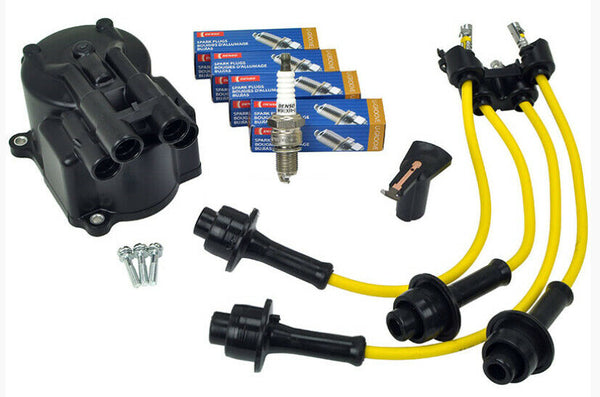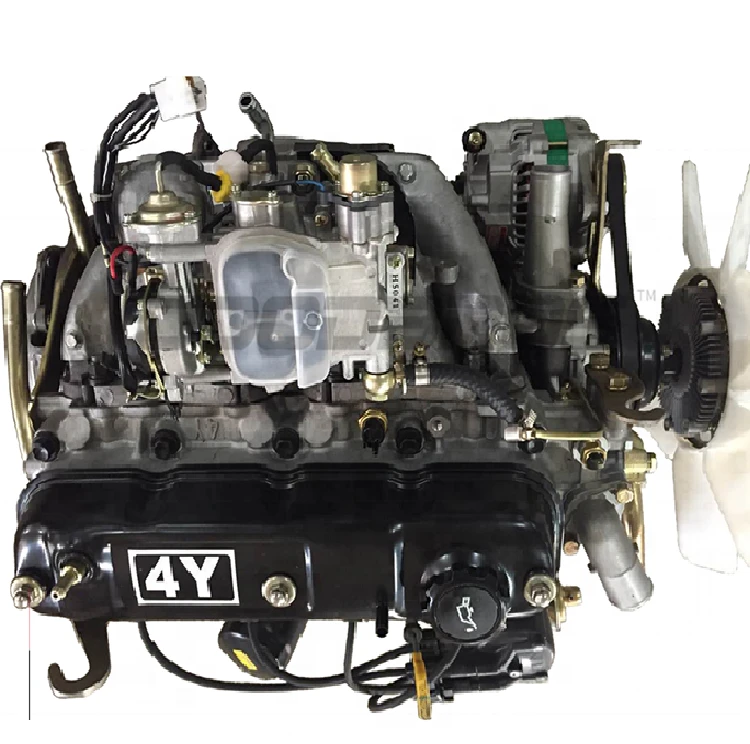How the 4Y Engine Compares to Other Engines in Terms of Fuel Efficiency
How the 4Y Engine Compares to Other Engines in Terms of Fuel Efficiency
Blog Article
Why the Engine Is the most effective Selection for Performance and Efficiency in Your Car
The engine continues to be a pivotal part in vehicle design, largely due to its considerable impact on both performance and performance. As innovations in modern technology enable smaller engines to provide exceptional power while optimizing gas economic climate, the assimilation of functions such as turbocharging and crossbreed systems ends up being increasingly vital.
Understanding Engine Types
Understanding the numerous kinds of engines is important for maximizing performance and efficiency in automotive layout. The main engine kinds consist of internal burning engines (ICE), electric engines, and hybrid systems, each offering unique benefits and restrictions.
Internal burning engines, which can be further classified right into fuel and diesel variants, rely upon the burning of gas to create power. Fuel engines typically give greater RPMs and much better acceleration, while diesel motor are understood for their torque and fuel efficiency, making them perfect for heavy-duty applications.
Electric engines, on the various other hand, use electric motors powered by batteries or gas cells. They provide instantaneous torque distribution, leading to smooth velocity and reduced discharges. The efficiency of electrical engines is considerably higher than that of ICEs, making them a preferred choice for eco-conscious consumers.
Crossbreed systems incorporate both inner combustion and electrical engines, leveraging the strengths of both modern technologies. They enhance gas usage by using electrical power at lower speeds and switching to gas or diesel for higher rates or heavier tons.
Choosing the ideal engine type is essential for accomplishing preferred performance metrics and environmental sustainability in modern automobile engineering.
The Influence of Engine Dimension
Engine dimension often plays an essential role in figuring out an automobile's performance and efficiency. Typically measured in litres or cubic centimeters, engine dimension straight affects the power result and torque qualities of a car. Bigger engines commonly produce more horse power, enabling greater acceleration and greater full throttle. This is particularly helpful in applications calling for robust performance, such as cars and heavy-duty trucks.
However, raised engine dimension commonly correlates with diminished gas effectiveness. Smaller engines can deliver adequate efficiency for daily driving while promoting far better effectiveness, making them a popular selection in mid-size and small lorries.
Additionally, innovations in engine layout, such as turbocharging and direct fuel shot, allow smaller sized engines to achieve power degrees equivalent to their larger equivalents. This pattern emphasizes the importance of not exclusively concentrating on engine dimension but additionally taking into consideration total car layout and innovation (4y engine). Inevitably, the effect of engine dimension on performance and performance underscores the demand for customers to assess their specific driving choices and demands when picking an automobile
Advanced Engine Technologies
Developments in engine technologies have actually considerably improved the landscape of auto performance and effectiveness, building upon the fundamental concepts established by engine dimension. Especially, advancements such as turbocharging and direct fuel injection have actually made it possible for smaller engines to deliver power levels previously connected with bigger equivalents. Turbochargers press air getting in the engine, enabling boosted power result without a corresponding increase in engine size, while direct injection optimizes fuel delivery, enhancing combustion efficiency.
Additionally, variable valve timing systems have emerged as an important modern technology, permitting engines to readjust shutoff procedure based on driving problems. This flexibility boosts both efficiency throughout velocity and fuel efficiency during cruising. Hybrid and electrical engine technologies better highlight the change in auto layout, integrating traditional internal burning engines with electrical motors to take full advantage of performance while minimizing emissions.
In addition, developments in products scientific research have actually resulted in lighter, more durable engine parts, better improving performance and long life. The combination of advanced electronic devices and engine control systems also permits real-time changes, guaranteeing optimum efficiency across numerous conditions. Jointly, these sophisticated engine technologies not only boost automobile performance but likewise add to an extra sustainable auto future, demonstrating the recurring development of engine design.
Harmonizing Power and Efficiency
Striking an equilibrium between power and performance is vital in modern vehicle design as makers seek to satisfy significantly strict exhausts guidelines while satisfying customer demand for efficiency (4y engine). The challenge depends on maximizing engine qualities to supply robust power output without giving up fuel economic climate
To attain this balance, engineers utilize numerous techniques, such as turbocharging, which improves engine power by compeling in more air, permitting a smaller engine variation that boosts fuel effectiveness. Variable shutoff timing modern technologies also play a considerable function, making it possible for engines to readjust their efficiency characteristics based on driving conditions, consequently great post to read boosting both power and performance.
Furthermore, developments in products and making strategies have actually brought about lighter Full Article engine elements, which decrease total lorry weight and enhance gas effectiveness without endangering power. Hybrid modern technologies have also become a feasible option, integrating typical inner burning engines with electrical powertrains to supply an increase in performance while maintaining lower emissions.

Future Trends in Engine Layout

Additionally, the development of sophisticated materials, such as high-strength alloys and light-weight composites, is set to change engine parts. These products not only lower weight but additionally improve thermal performance, thereby enhancing efficiency. Furthermore, suppliers are checking out variable compression proportions, allowing engines to adjust to various driving conditions, improving both power result and fuel economic climate.
Better, the rise of expert system and artificial intelligence in engine layout is enabling predictive maintenance and real-time efficiency optimization. This modern technology can result in engines that self-adjust for maximum performance based upon driving patterns.

Final Thought
In verdict, the engine serves as an important element in accomplishing optimal performance and performance in modern-day automobiles. The interplay between engine size and layout proceeds to evolve, driving innovations that stabilize electrifying performance with environmental sustainability.
In addition, innovations in engine style, such as turbocharging and direct gas shot, enable smaller engines to achieve power degrees similar to their larger counterparts.Developments in engine technologies have actually substantially reshaped the landscape of automotive that site efficiency and effectiveness, building upon the fundamental concepts developed by engine size. Turbochargers compress air getting in the engine, enabling for increased power result without an equivalent boost in engine size, while straight shot maximizes fuel delivery, enhancing burning effectiveness.
Crossbreed and electric engine technologies additionally illustrate the change in vehicle design, integrating traditional interior burning engines with electric motors to make the most of performance while decreasing exhausts.
Collectively, these innovative engine technologies not only boost vehicle efficiency yet also contribute to an extra sustainable automobile future, showing the ongoing development of engine style. (4y engine)
Report this page